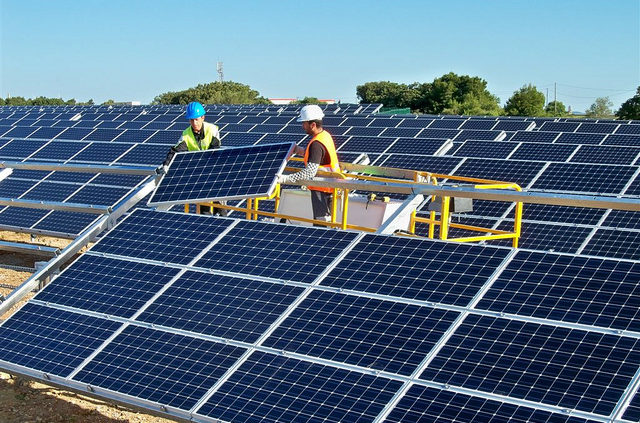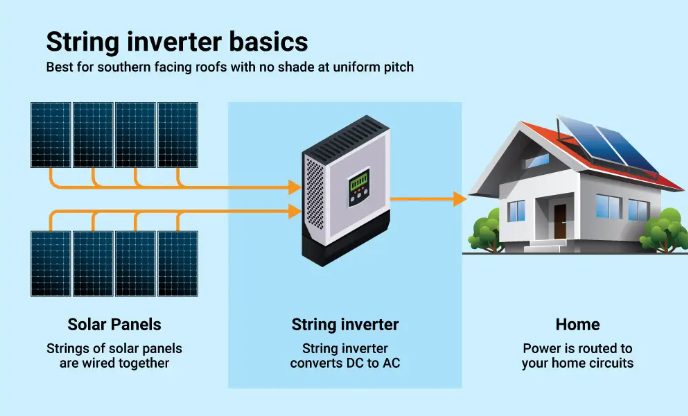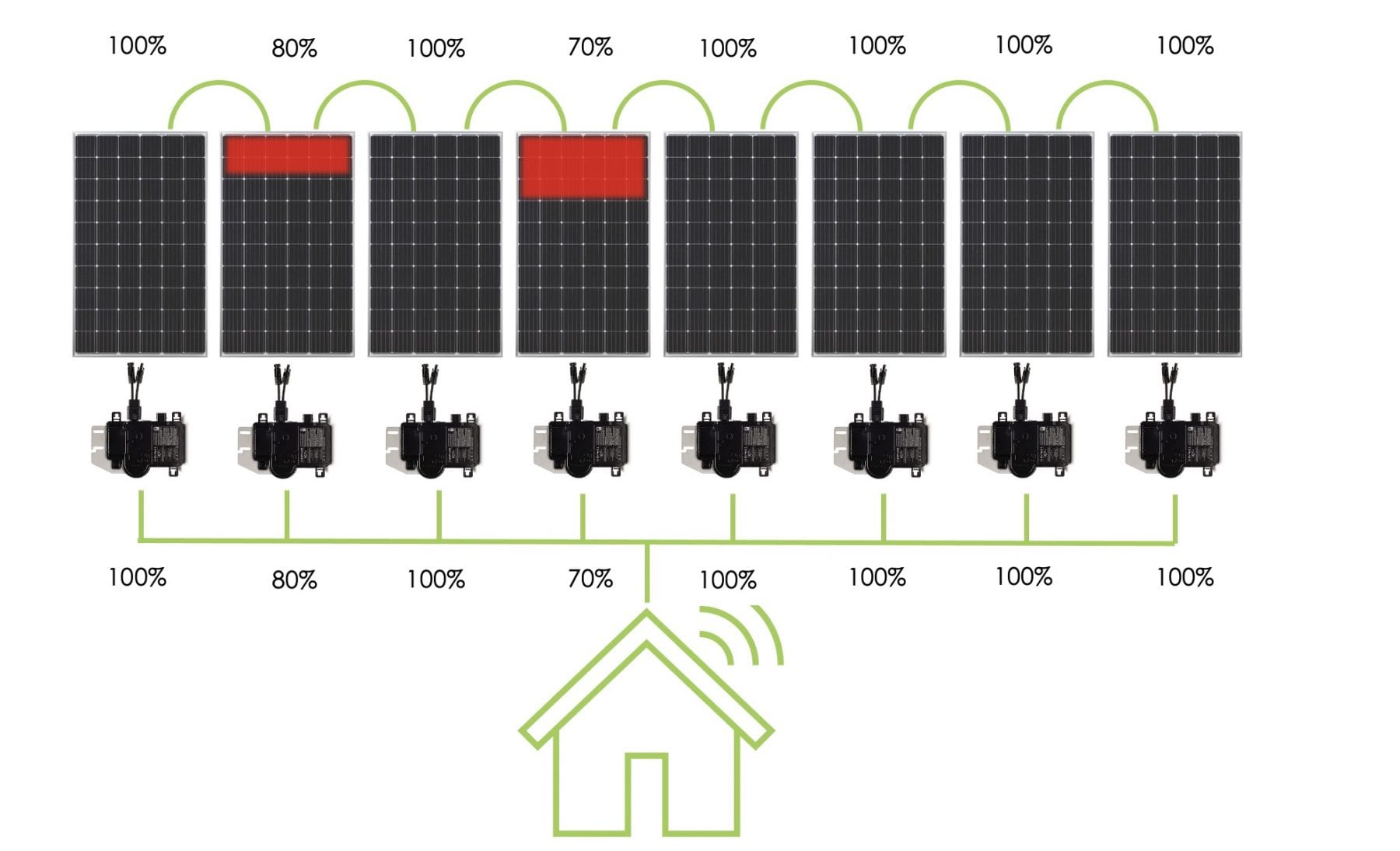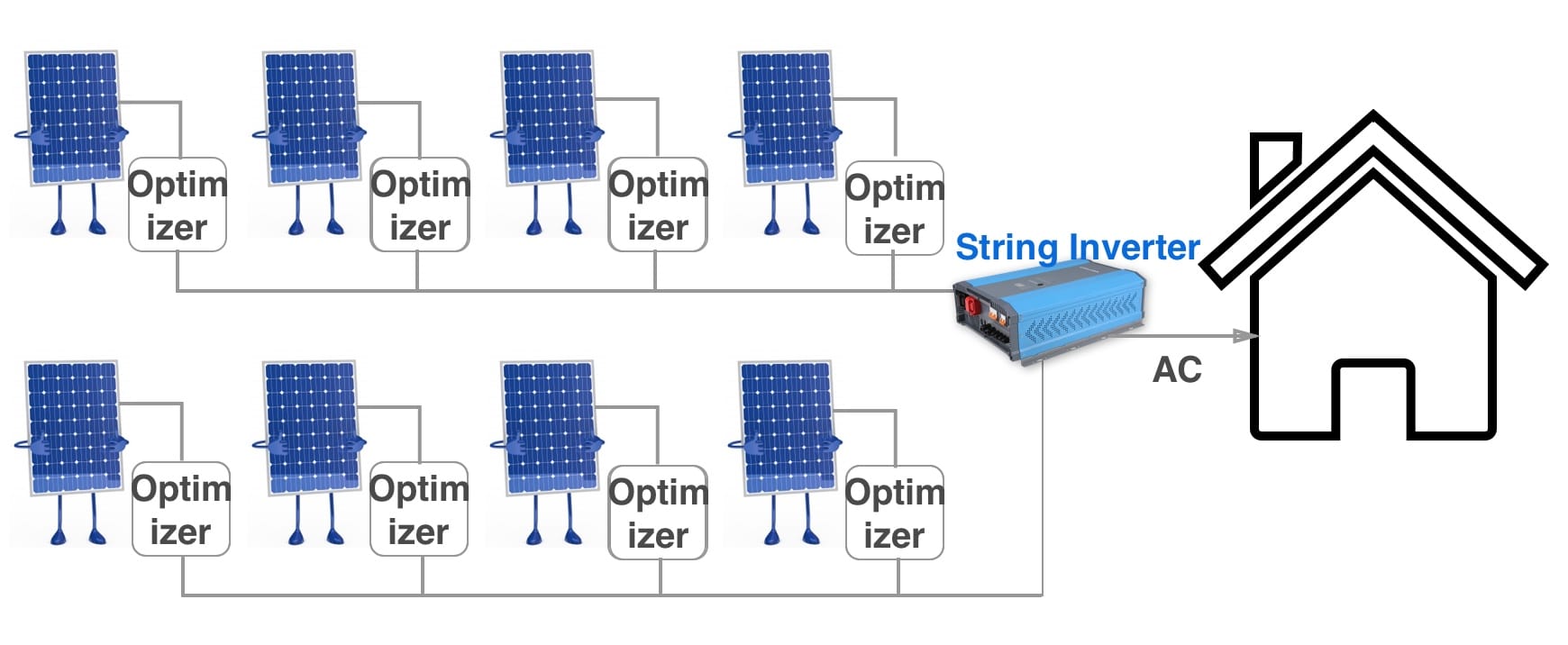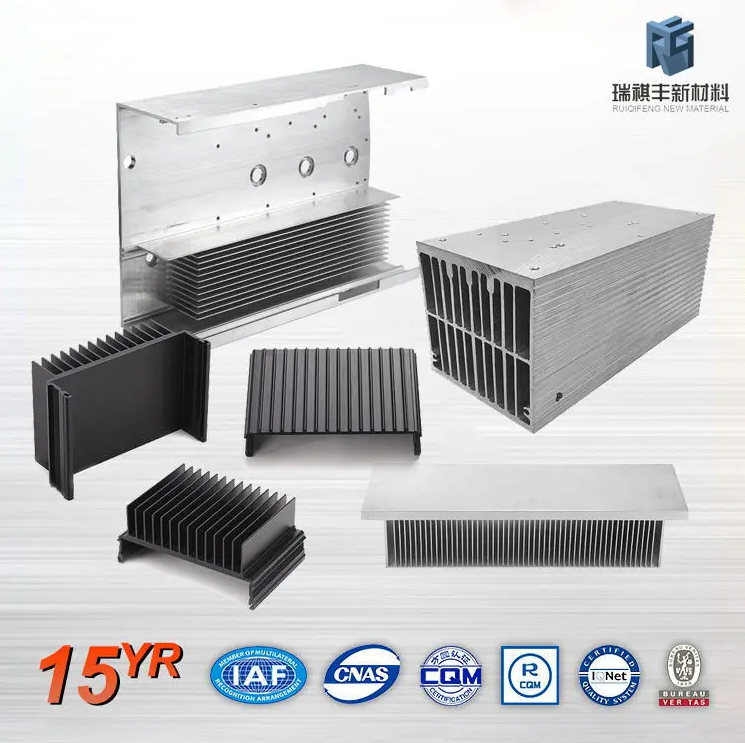Do You Know the Differences between String Inverters, Microinverters and Power Optimizers ?
When it comes to solar power installations, choosing the right inverter technology is vital. String inverters, microinverters, and power optimizers are three widely used options. Each has its own distinct advantages and functions. In this article, we will explore the differences between these inverter technologies, helping you make an informed decision for your solar system.
String Inverters
String inverters have been the traditional choice for solar installations. They convert the direct current (DC) electricity generated by the solar panels into alternating current (AC) for household use. String inverters are connected to multiple solar panels wired in series, or “strings.”
Advantages:
- Cost-effective: String inverters are typically less expensive compared to microinverters and power optimizers.
- High efficiency: By working with several panels, string inverters can achieve efficiency gains through economies of scale.
- Proven technology: String inverters have a long track record of reliable performance.
Disadvantages:
- Module-level performance limitations: If one panel is underperforming or shaded, the entire string’s output can be affected.
- Lack of flexibility: This technology limits system design options as panels are interconnected and confined to a single string.
Microinverters
Microinverters are a newer technology that offers a different approach to solar energy conversion. Unlike string inverters, microinverters are installed on each solar panel individually, allowing each panel to function independently.
Advantages:
- Maximum individual panel performance: Microinverters maximize the energy output of each solar panel since they operate independently. Shaded or underperforming panels do not undermine the overall system’s performance.
- Flexibility in system design: Each panel can be easily monitored and managed, facilitating system expansion or reconfiguration.
Disadvantages:
- Higher cost: Microinverters are usually more expensive than string inverters due to their increased complexity and individual unit installation.
- Reliability concerns: Microinverters are exposed to the elements as they are installed behind each panel. Although they are designed to withstand outdoor conditions, durability over long periods may be a concern.
Power Optimizers
Power optimizers combine features of both string inverters and microinverters. They are installed on each panel, similar to microinverters, but instead of converting DC to AC, they optimize the DC power output before sending it through a string inverter.
- Individual panel optimization: Power optimizers maximize the performance of each panel, similar to microinverters, avoiding the issue of reduced overall system output caused by individual panel underperformance or shading.
- System monitoring and flexibility: Power optimizers enable individual monitoring of solar panel performance and allow for system reconfiguration or expansion if needed.
Disadvantages:
- Added cost: Power optimizers can increase the installation cost due to the requirement for both power optimizers and a string inverter.
- Complexity: The additional components and wiring involved can add complexity to the system, requiring professional installation and maintenance.
Choosing the Right Inverter Technology The choice between string inverters, microinverters, and power optimizers ultimately depends on your specific needs and circumstances. Consider factors such as cost, panel-level monitoring, system design flexibility, and the potential impact of shading on your solar array.
Ruiqifeng is one stop manufacturer for aluminium extrusion and deep processing, we can supply various kinds of heat sinks for string inverters, microinverters and power optimizers. If you are interested in, just feel free to contact with us.
Jenny Xiao
Guangxi Ruiqifeng New Material Co., Ltd.
Address: Pingguo Industrial Zone, Baise City, Guangxi, China
Tel / Wechat / WhatsApp : +86-13923432764
https://www.aluminum-artist.com/
Email : Jenny.xiao@aluminum-artist.com
Post time: Nov-21-2023


